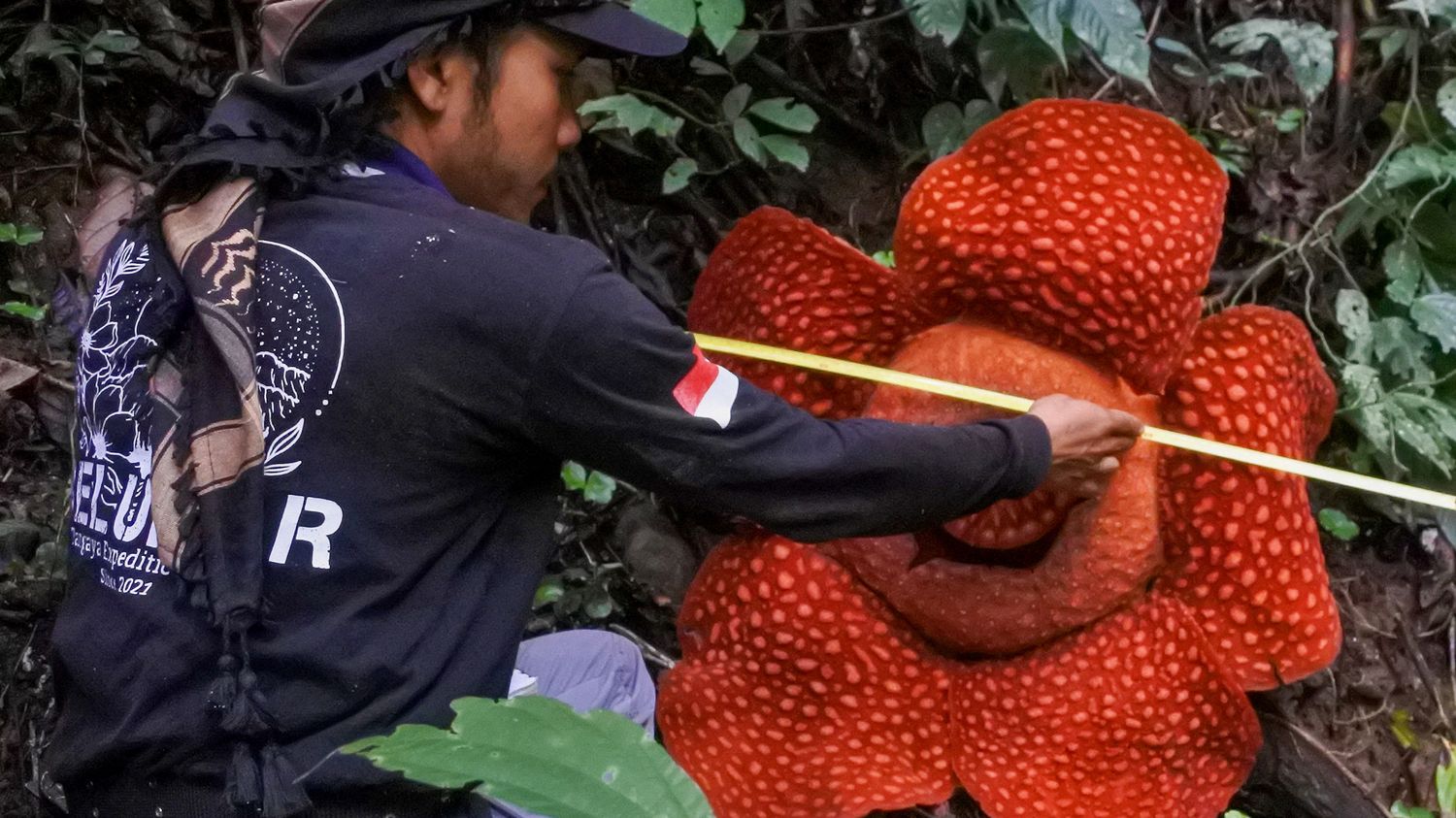There are 42 varieties of Rafflesia, all endangered but only one, Magnifica, is now listed as critically endangered. Scientists believe that all other species should be urgently added to this red list.
Published
Reading time :
2 min

Rafflesia is the largest flower in the world and also the stinkiest. To attract flies, it gives off an odor of rotting flesh, which gives it the pretty nickname “corpse flower”. With immense scarlet red petals covered in pustules, it has no leaves, stems or roots. Not really the “blue flower” type, it is more carnivorous.
>> European Union: a historic law to fight deforestation
Rafflesia only flowers a few days a year, can measure up to one meter in diameter, and weigh 10 kilos. Despite its robust appearance, according to scientists, it could soon disappear.
Plant biodiversity is also declining
The risk of extinction is due to the destruction of its habitat, the tropical forests of Sumatra and Borneo in Indonesia, and southern Thailand. These forests now give way to kilometers of oil palm trees. A disaster for Rafflesia but also so many other species. We talk a lot about Rafflesia because it enjoys a certain notoriety, but how many plants disappear silently?
According to scientists, 40% of plant species could become extinct in the short term. It is still possible to reverse the trend, because plants are extremely resilient. It would be enough to imagine a society more respectful of living things…
